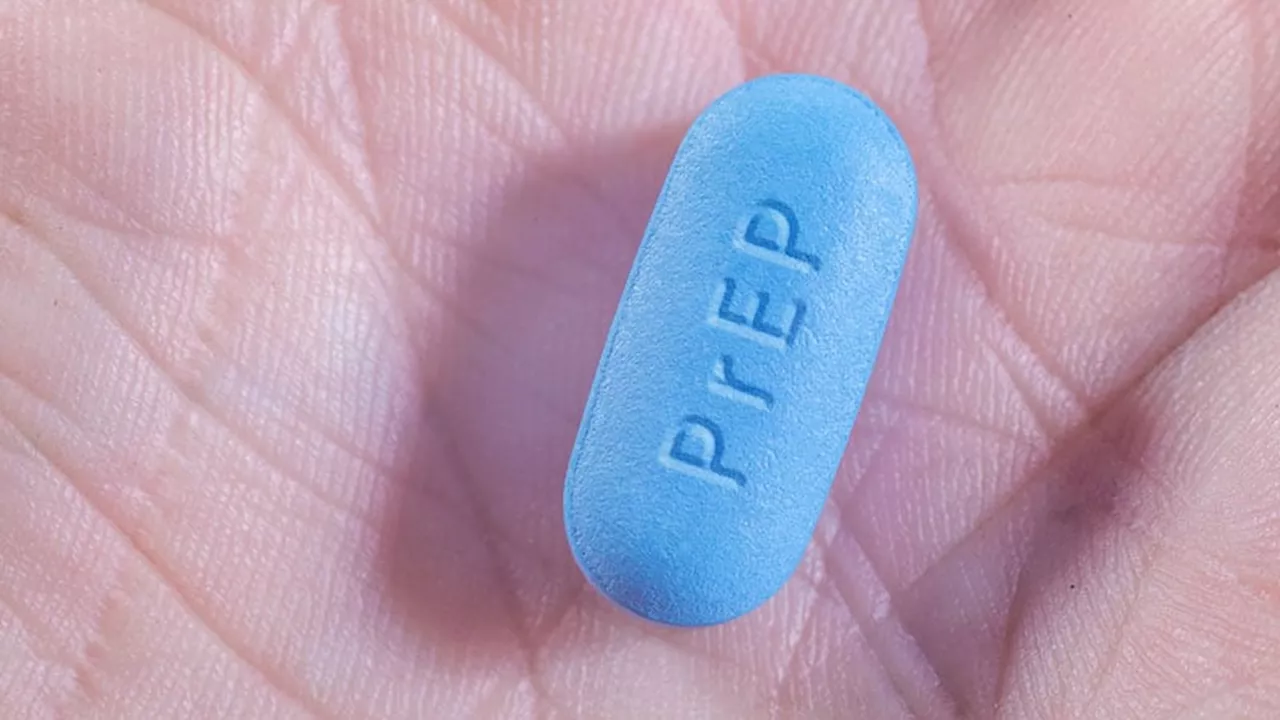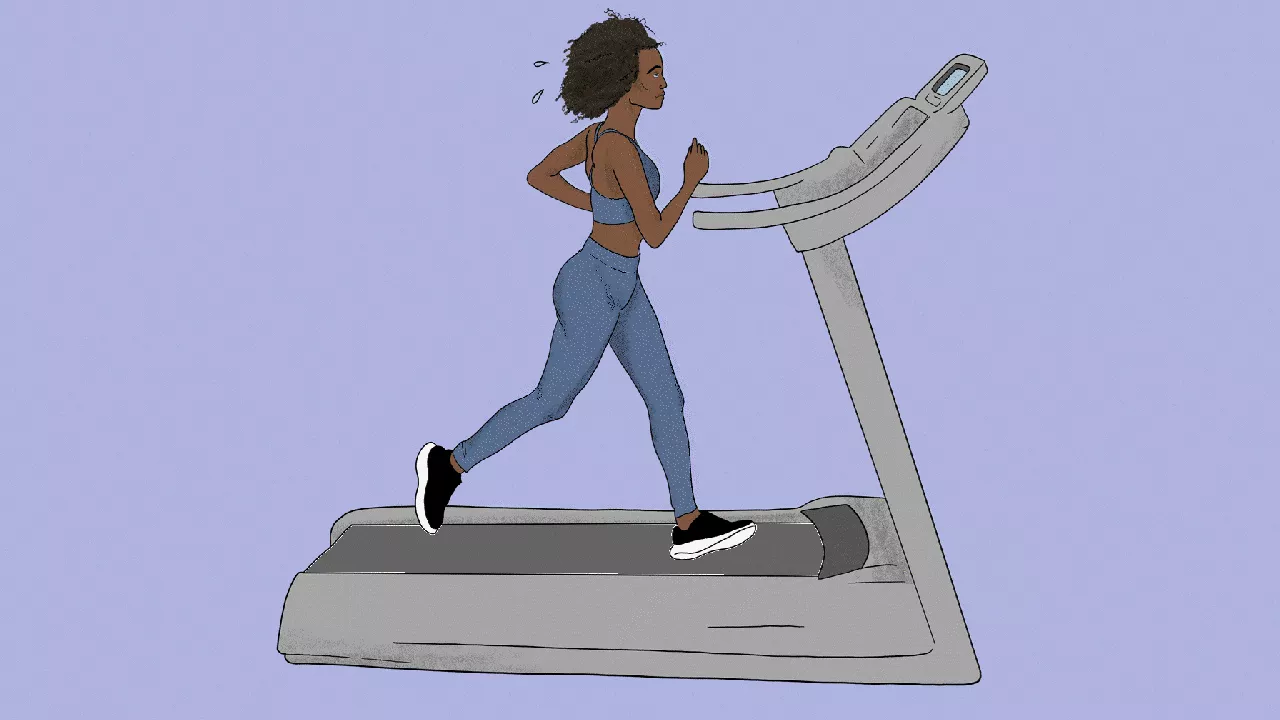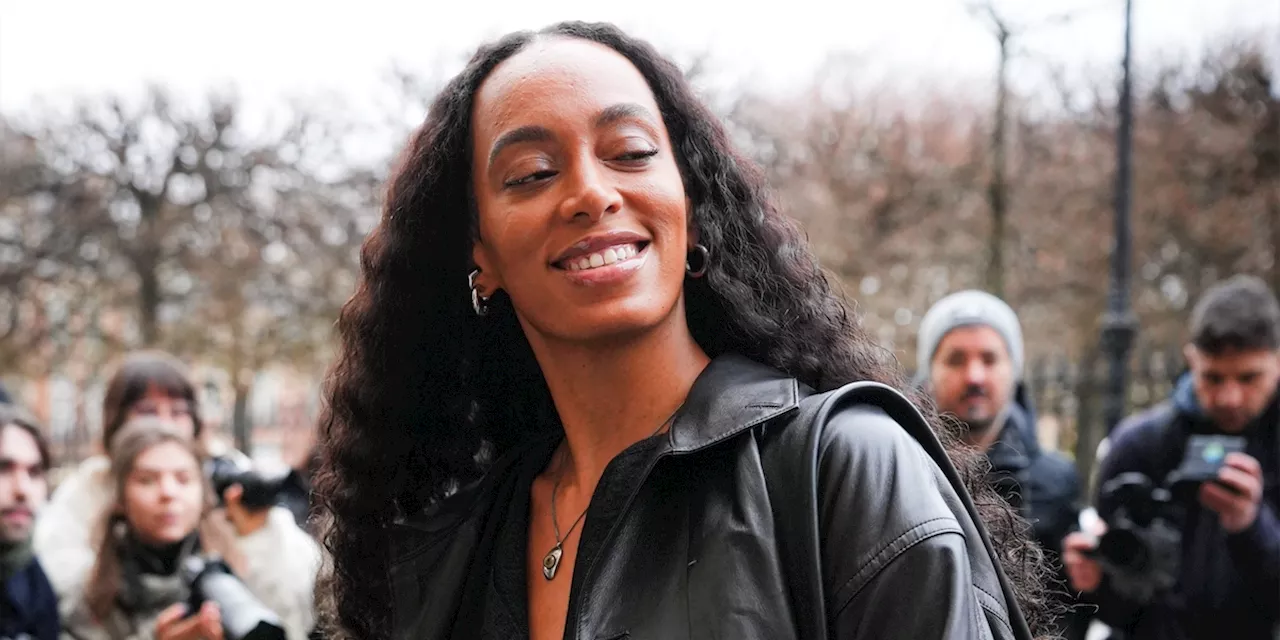This article highlights the disproportionate impact of HIV on Black communities and calls for equitable access to longer-acting HIV prevention and treatment medications. It discusses the systemic barriers that prevent Black Americans from accessing these life-saving resources and urges community, healthcare, and policy leaders to take action.
Publisher and my father, Wilbert “Bill” Tatum, before me. We’ve been reporting the news of the day from a Black perspective since 1909 –, the first time in the 125 years of this award it has been given to a Black woman publisher – We are proud to provide no paywall journalism for the Black community we serve, the largest Black and Brown community in the country. On February 7th, we are called to reflect on the ongoing epidemic and its disproportionate impact on the Black community.
The progress made in HIV prevention and treatment over the last two decades has been transformative, but for many in Black America, the promise of these advances remains out of reach. We are now in a new era of HIV care, and the time has come for a shift. Longer-acting HIV prevention and treatment represent a groundbreaking opportunity to end the HIV epidemic by reducing stigma and eliminating pill burden. Now is the time to commit to ensuring access. Black Americans represent 18% of the New York State population, but account for 42% of new HIV diagnoses, according to the latest information from the. In 2023, the rate of new HIV diagnoses among Black people was 7.6 times higher than the rate of non-Hispanic White people — the same as in 2022. In New York City, Black men represented 39% of new HIV diagnoses in 2023, and Black women accounted for 51% of new HIV infections among women. Despite these disproportionately high rates of infection and although they could greatly benefit from the highly effective HIV prevention medication pre-exposure prophylaxis (PrEP), Black New Yorkers make up only 12% of PrEP recipients, while White New Yorkers are 43% of PrEP recipients despite making up only 19% of new HIV diagnoses, according to the (End the HIV/AIDS Epidemic) Dashboard. These disparities are the result of a complex interplay of factors, including inequities in access to quality healthcare, underfunded health education and awareness efforts, and the impact of systemic racism. Structural barriers such as socioeconomic inequalities, the stigma surrounding HIV, and a legacy of mistrust of the medical community contribute to higher rates of transmission, late diagnoses, untreated infections, and preventable deaths. Longer-acting PrEP and antiretroviral therapy (ART) treatments that are administered via intramuscular injections are currently available, and the advent of new, longer-acting HIV treatment and prevention options that are easier to administer, such as microarray patches or under-the-skin implants, for example, offers a new ray of hope for communities that are most at risk. Many of these products, including pills, can be administered every six months — much less often than taking a daily pill. The result is the potential to be a game-changer by improving adherence and enhancing quality of life. Yet, while these treatments show enormous promise, we must ensure removal of structural barriers that could continue to prevent access to HIV prevention and treatment breakthroughs in Black communities. These barriers, such as limited access to healthcare providers who are familiar with these newer options, potentially high copays and deductibles, lack of culturally competent care and mistrust of the medical system, and general lack of awareness due to absence of culturally relevant education campaigns, may prevent many from benefiting from these advances. For many, the fear of discrimination or judgment from healthcare providers — and even from their own families — can be a significant deterrent from seeking prevention or treatment. The underfunding of public health programs, particularly Medicaid, which is the largest insurer of people living with HIV in the U.S. who are low-income, and other programs that serve low-income and less-resourced communities, will further limit access to HIV prevention and treatment. Federal and state healthcare policies often fail to prioritize innovative interventions, and insurance coverage remains inconsistent, which could leave many without the ability to afford or access longer-acting HIV medications. Black Americans, particularly those who are uninsured or underinsured, find themselves caught in a web of exclusion from the latest, most effective HIV care. In the spirit of Black AIDS Awareness Day, we must call for community, healthcare, and policy leaders to get involved so systemic changes are made and equitable access to HIV care is available. Culturally relevant, community-centered education campaigns are also needed to raise awareness about longer-acting HIV medication
HIV Black Community Health Disparities Prep Longer-Acting Treatment Access To Healthcare Systemic Racism
United States Latest News, United States Headlines
Similar News:You can also read news stories similar to this one that we have collected from other news sources.
 Combating the HIV Epidemic: Addressing the Unique Challenges Faced by WomenThis article highlights the alarming rise in HIV infections among women, particularly young women and women over 50, emphasizing the need for targeted prevention strategies and accessible healthcare. It explores the barriers hindering widespread adoption of pre-exposure prophylaxis (PrEP) and post-exposure prophylaxis (PEP) among women, including misconceptions, lack of awareness, inadequate healthcare guidance, and socioeconomic factors. The article also discusses promising advancements in prophylactic options, such as long-acting injectable cabotegravir and the dapivirine vaginal ring, which offer hope for more effective HIV prevention.
Combating the HIV Epidemic: Addressing the Unique Challenges Faced by WomenThis article highlights the alarming rise in HIV infections among women, particularly young women and women over 50, emphasizing the need for targeted prevention strategies and accessible healthcare. It explores the barriers hindering widespread adoption of pre-exposure prophylaxis (PrEP) and post-exposure prophylaxis (PEP) among women, including misconceptions, lack of awareness, inadequate healthcare guidance, and socioeconomic factors. The article also discusses promising advancements in prophylactic options, such as long-acting injectable cabotegravir and the dapivirine vaginal ring, which offer hope for more effective HIV prevention.
Read more »
 The Boys Ending With Season 5: Why Is The Superhero Show Ending?The Boys, the hit Amazon Prime Video superhero show, is coming to an end with its fifth season. While the show has enjoyed massive success and critical acclaim, the creators have decided to wrap up the story. This news piece explores the reasons behind The Boys' conclusion, including the showrunner's original five-season plan, the need to avoid narrative fatigue, and the potential for future spin-offs to continue the franchise.
The Boys Ending With Season 5: Why Is The Superhero Show Ending?The Boys, the hit Amazon Prime Video superhero show, is coming to an end with its fifth season. While the show has enjoyed massive success and critical acclaim, the creators have decided to wrap up the story. This news piece explores the reasons behind The Boys' conclusion, including the showrunner's original five-season plan, the need to avoid narrative fatigue, and the potential for future spin-offs to continue the franchise.
Read more »
 The Sopranos ending explained: Unpacking that infamous cut to black — and what really happened to TonyIt's been nearly two decades since 'The Sopranos' finale aired, but fans are still debating that infamous cut to black. Here is the series' ending explained, including Tony's ultimate fate.
The Sopranos ending explained: Unpacking that infamous cut to black — and what really happened to TonyIt's been nearly two decades since 'The Sopranos' finale aired, but fans are still debating that infamous cut to black. Here is the series' ending explained, including Tony's ultimate fate.
Read more »
 'A Wonderful World' celebrating Louis Armstrong ending Broadway run at end of Black History MonthThrough 'A Wonderful World,' a new generation is getting to know the man who showed us what a wonderful place the world could be.
'A Wonderful World' celebrating Louis Armstrong ending Broadway run at end of Black History MonthThrough 'A Wonderful World,' a new generation is getting to know the man who showed us what a wonderful place the world could be.
Read more »
 Black Heartthrob Look-Alike Competition: Where Are All The Good Black Men?In a humorous and relatable take on the dating scene, the author recounts their experience at Brooklyn's Black Heartthrob Look-Alike Competition and discusses the ongoing struggles Black women face in finding meaningful partnerships. Despite societal progress and the increasing confidence of Black women, the dating pool still feels shallow, raising questions about the availability and commitment of Black men.
Black Heartthrob Look-Alike Competition: Where Are All The Good Black Men?In a humorous and relatable take on the dating scene, the author recounts their experience at Brooklyn's Black Heartthrob Look-Alike Competition and discusses the ongoing struggles Black women face in finding meaningful partnerships. Despite societal progress and the increasing confidence of Black women, the dating pool still feels shallow, raising questions about the availability and commitment of Black men.
Read more »
 Beyoncé's Black-on-Black Domination Continues at Paris Men's Fashion WeekBeyoncé continues to showcase her love for monochrome dressing, particularly in black, at Paris Men's Fashion Week. She attended Lemaire's Fall/Winter 2025/2026 show in a striking black ensemble, proving her versatility in styling even a single color.
Beyoncé's Black-on-Black Domination Continues at Paris Men's Fashion WeekBeyoncé continues to showcase her love for monochrome dressing, particularly in black, at Paris Men's Fashion Week. She attended Lemaire's Fall/Winter 2025/2026 show in a striking black ensemble, proving her versatility in styling even a single color.
Read more »
